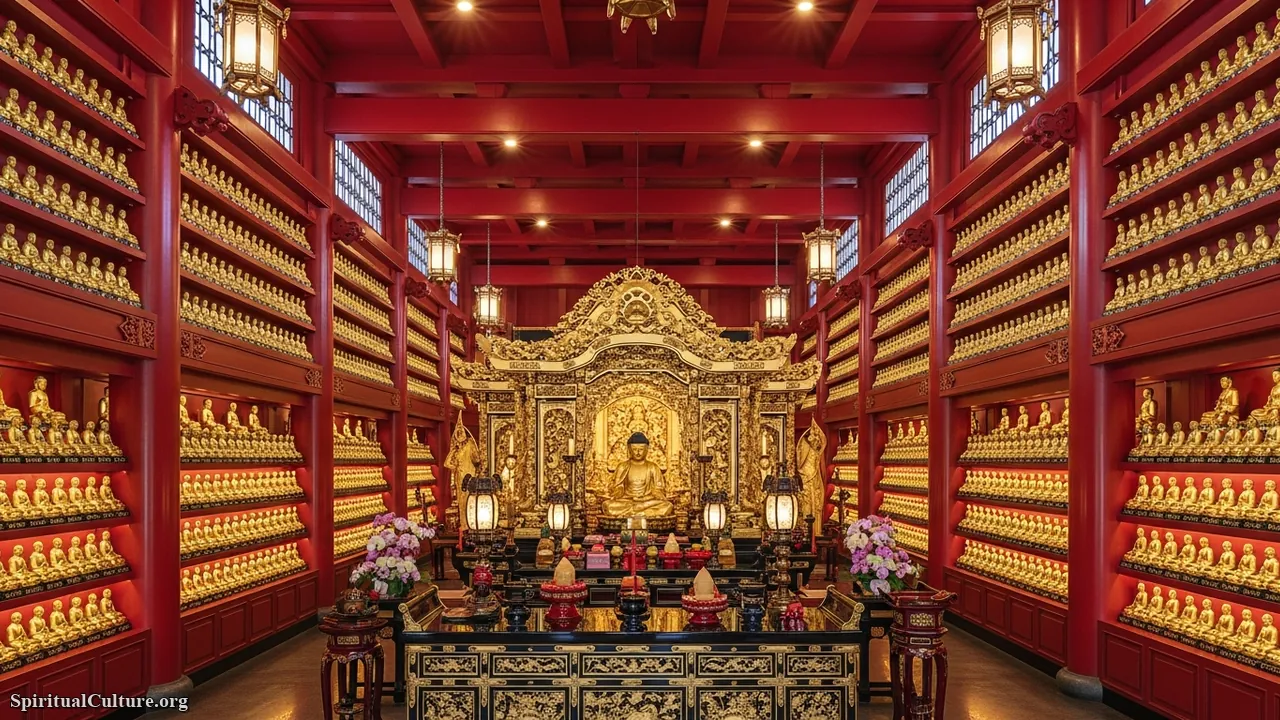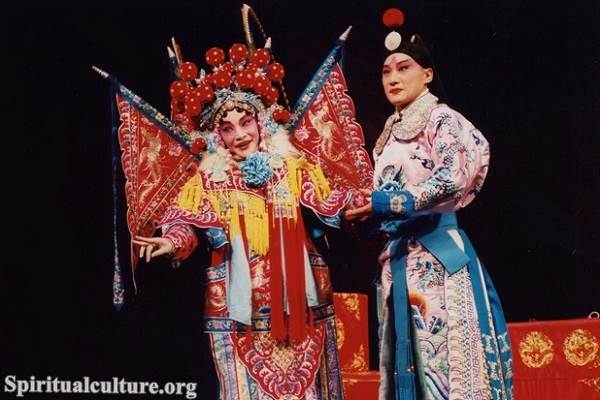Nepal is a country located in South Asia, between India and China.
The culture of Nepal is deeply rooted in Hinduism, the country’s dominant religion, followed by Buddhism. Many of Nepal’s cultural practices and traditions are related to these religions, such as the celebration of festivals and the performance of rituals.
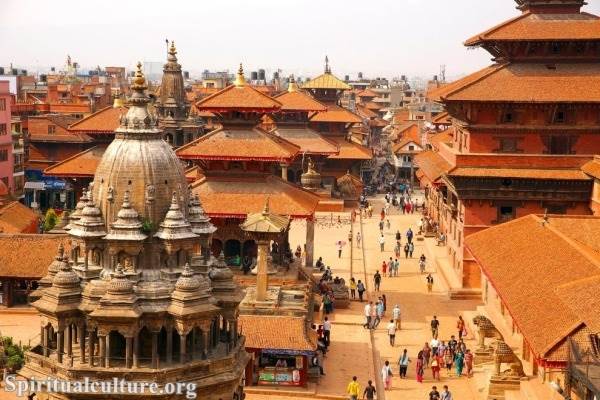
Nepal is also home to a wide range of ethnic and linguistic groups, each with its own unique cultural traditions. These include the Newars, the Gurungs, the Magars, the Tamangs, and the Tharus, among others.
The traditional architecture of Nepal is characterized by the use of brick, stone, and wood in the construction of buildings and is influenced by the country’s mountainous terrain. The architecture also reflects the cultural and religious practices of the Nepali people, with many temples and monasteries featuring ornate carvings and intricate designs.
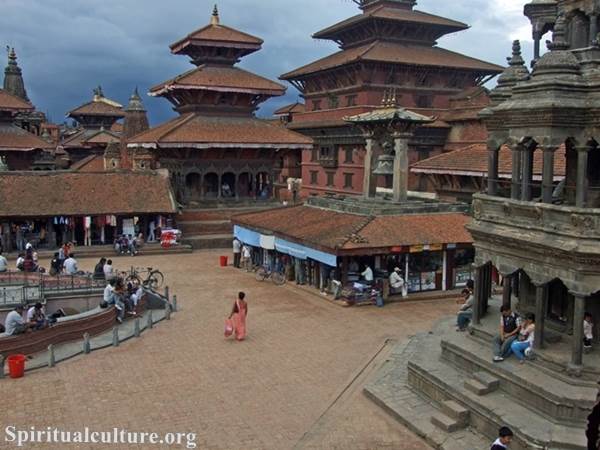
Traditional Nepali clothing varies depending on the region and ethnic group, but it is generally quite colorful and ornate. Men typically wear a daura suruwal, which is a long tunic worn over pants, while women often wear a saree or a cholo, which is a blouse and skirt combination.
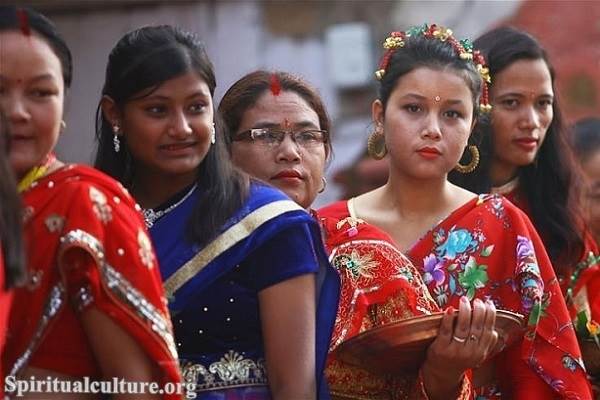
Nepali cuisine is a blend of Indian, Tibetan, and Chinese influences and is known for its use of spices and herbs. Some popular Nepali dishes include momos (dumplings), dal bhat (a lentil and rice dish), and chowmein (noodles).
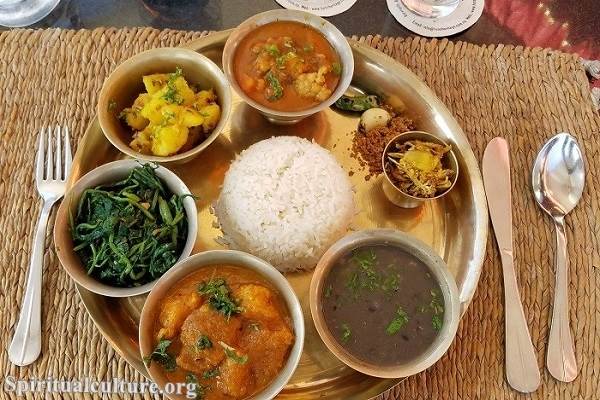
Nepali society is generally quite traditional and family-oriented, with a strong emphasis on the extended family. It is common for multiple generations to live together in the same household.
In Nepal, there is a clear division of gender roles, with men typically expected to be the breadwinners and women expected to manage the household and care for the children. However, this is slowly changing as women become more educated and participate more in the workforce.
Nepal is a country with a rich cultural heritage, and this is reflected in the many festivals that are celebrated throughout the year. Some of the most important festivals include Dashain, Tihar, and Chhath, Hindu festivals, and the Buddhist festival of Losar. These festivals are marked by the performance of rituals, the exchange of gifts, and the coming together of families and communities.
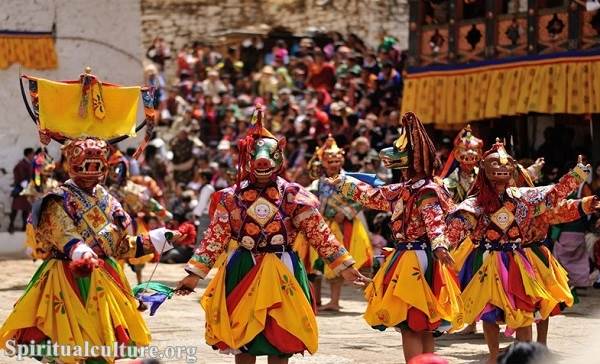
Nepal is home to a thriving art and craft industry, with a wide range of traditional handicrafts being produced in the country. These include handmade paper, textiles, ceramics, and metalwork. These handicrafts are often sold to tourists as souvenirs and play an important role in the country’s economy.
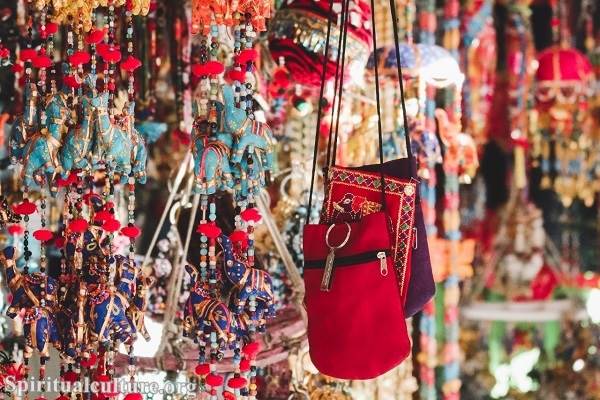
Nepali society is generally quite conservative, and there are several social customs that the people of Nepal follow. For example, it is considered impolite to touch someone with your feet, and it is also considered impolite to eat with your left hand.
As mentioned earlier, Nepal is predominantly a Hindu and Buddhist country, and these religions play a central role in the culture and daily life of the Nepali people. In addition to Hinduism and Buddhism, Nepal is also home to a small number of Muslims and Christians.
Nepali literature has a long and rich tradition, with a wide range of oral and written works being produced in the country. Nepali literature includes poetry, novels, plays, and short stories, and it is often influenced by the country’s cultural and social issues. Some well-known Nepali writers include Laxmi Prasad Devkota, B. P. Koirala, and Rabindranath Tagore.
Nepali music and dance are an important part of the country’s cultural heritage and reflect the diverse influences that have shaped the culture of Nepal. Traditional Nepali music and dance styles include the classical music of the Newar people and the folk music and dance of the Tamang and Magar communities.
Some popular sports in Nepal include soccer, cricket, and basketball. Nepal also has a strong martial arts tradition, including karate, taekwondo, and judo.
In Nepal, arranged marriages are still quite common, especially in rural areas. However, there is a growing trend toward love marriages, especially among younger people. In either case, marriages are typically arranged by the bride and groom’s families, and elaborate ceremonies and celebrations often accompany them.
Unfortunately, Nepal has a high rate of gender-based violence, with women and girls often being the victims. This includes issues such as domestic violence, rape, and human trafficking. There have been efforts in recent years to address these issues, including the passage of new laws and the establishment of shelters for victims of abuse.
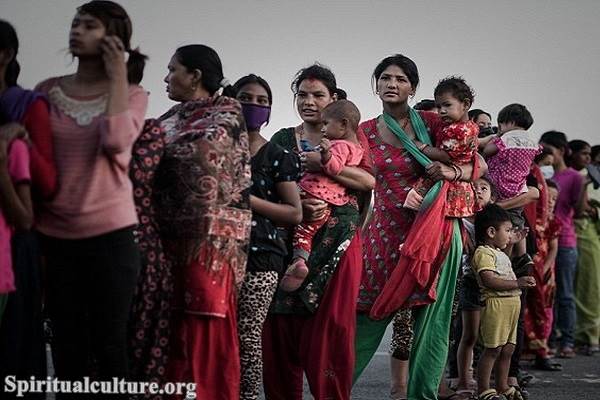
The healthcare system in Nepal is challenging, with many people living in rural areas having limited access to medical facilities. However, there have been efforts in recent years to improve the situation, including establishing new hospitals and clinics and training more healthcare workers.
Education is highly valued in Nepal, and it is compulsory for children between the ages of 6 and 10. However, the education system in Nepal faces several challenges, including a shortage of trained teachers and inadequate facilities. There have been efforts in recent years to address these issues, including initiatives to improve teacher training and the construction of new schools.
Overall, the culture of Nepal is a fascinating blend of various influences and traditions that have shaped the country over the centuries.
